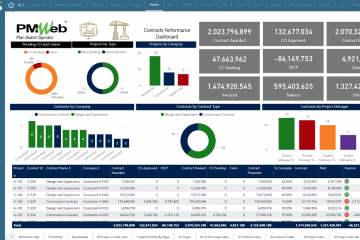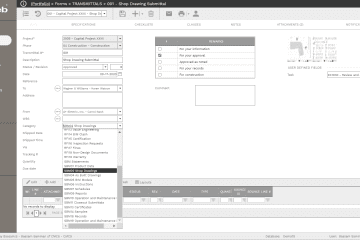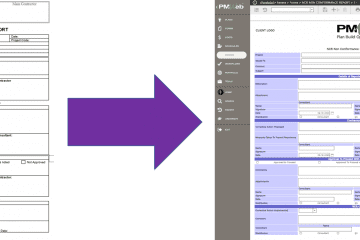In a recent interview with one of the very successful business leaders in our region, it was mentioned that the lessons learned from the COVID-19 pandemic is that technology should be a core requirement of any business including the construction business. Although technology has always been recognized on construction projects, the extent of using technology has been always limited to certain functions. For example, we see technology being used today in planning and scheduling, Monte-Carlo risk simulation, cost estimating, building information modelling, 4D construction simulation and document management system. Nevertheless, there are few modern technologies that can further improve the management of construction projects driven by the need to reduce project costs and increase efficiency, as well as the desire to work further away, more flexibly and collaboratively.
Examples of those modern technologies that are available today include project management information systems, wearable technology enabled by the Internet of Things (IoT), time-lapse construction cameras and data analytics and visualization. Of course, there are other emerging technology practices such as blockchain, machine learning and artificial intelligence, digital twin among others that are being developed to cover areas needed for a better digital transformation of the construction industry.
Project Management Information System (PMIS)
Using a Project Management Information System (PMIS) like PMWeb, organizations will have a single web-enabled platform to automate the many processes needed to manage the engineering and construction project. Each project management process that will be automated will require having an input form, which could be one of the many ready to use PMWeb forms or custom-built forms that will be created using the PMWeb visual form builder. Each form will have its own workflow to formalize and detail the communication channels for submitting, reviewing and approving each process as outlined in the responsibility assignment matrix (RAM). In addition, the workflow will also include the approval authority levels that are usually associated with processes that have financial implications. Of course, each form in PMWeb allows attaching all supportive documents as well as linking relevant records and importing MS Outlook emails needed to have a complete review and approval of the process. Those documents will be usually uploaded and stored in the PMWeb document management repository.
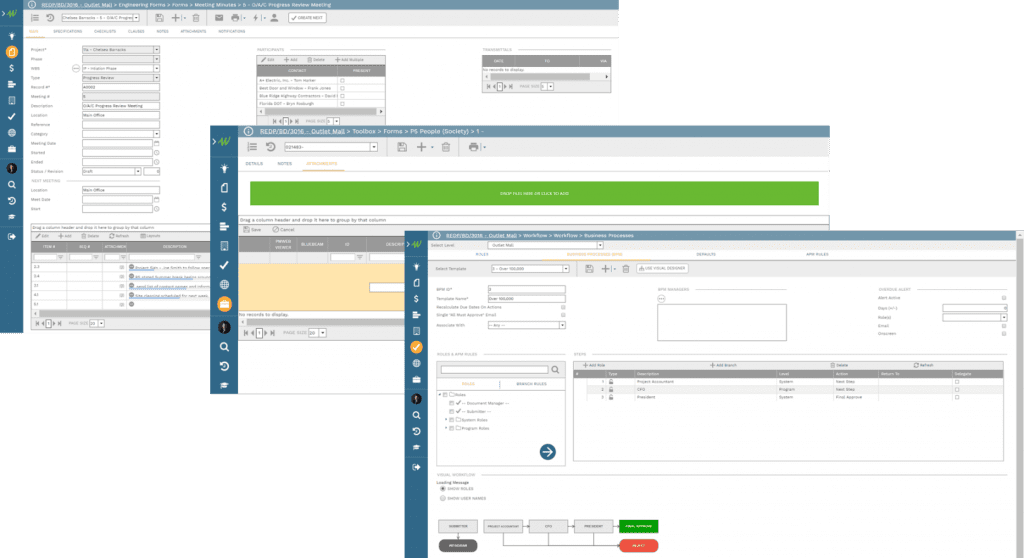
The information captured in those automated processes will become the basis for generating and maintaining real-time reports on the status of every single type of project communication. Those could include logs for request for information, material and shop drawing submittals, change orders, cost worksheets, material procurements, safety incidents, safety violations, claims, permits and NOC, insurance and bond certificates, risk registers, issues, interim progress invoices, extension of time requests, confirmation of verbal instructions among many others. The information associated with each communication type, can be summarized to provide executives with an overall summary of the real-time single version of the truth status of those communications and the impact that they might have on the overall project’s performance.
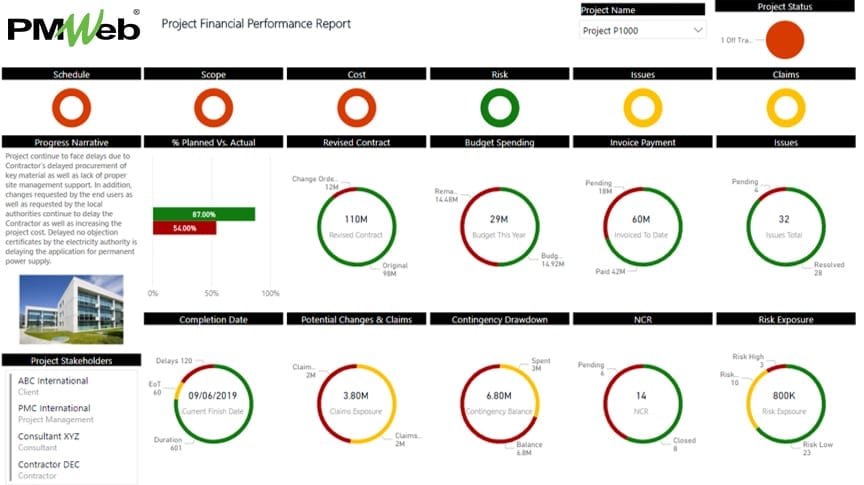
Internet of Things (IoT) Sensors
The Internet of Things (IoT) has many usages. One of the most common uses of IoT is tracking the security of workers on the construction site. Workers will be wearing IoT RFID-based sensors, like those provided by Litum IoT, to transmit their locations to identify where they are as well as sensors mounted throughout the project for emergency reporting.
This enables the project to meet strict safety regulations related to ensuring only authorized workers are in restricted areas, and to tracking the real-time locations and activities of workers to ensure they follow directions and avoid unsafe behaviors. Additionally, this will help in meeting the requirement of social distancing embossed by the COVID-19 pandemic. The data captured from those IoT sensors will help to identify work areas that have a resource density level that exceeds the approved limits. The IoT sensors are also used as a time attendance system to capture the arrival and departure times of resources.
Of course, the IoT sensors can be also attached to equipment resources that would be used on the construction site as well as expensive assets that will be delivered, stored and then installed as part of the permanent works. Actually, there is no limit to what the IoT sensors can be attached to as long as it provides the value or benefits from having such sensors on the project site.
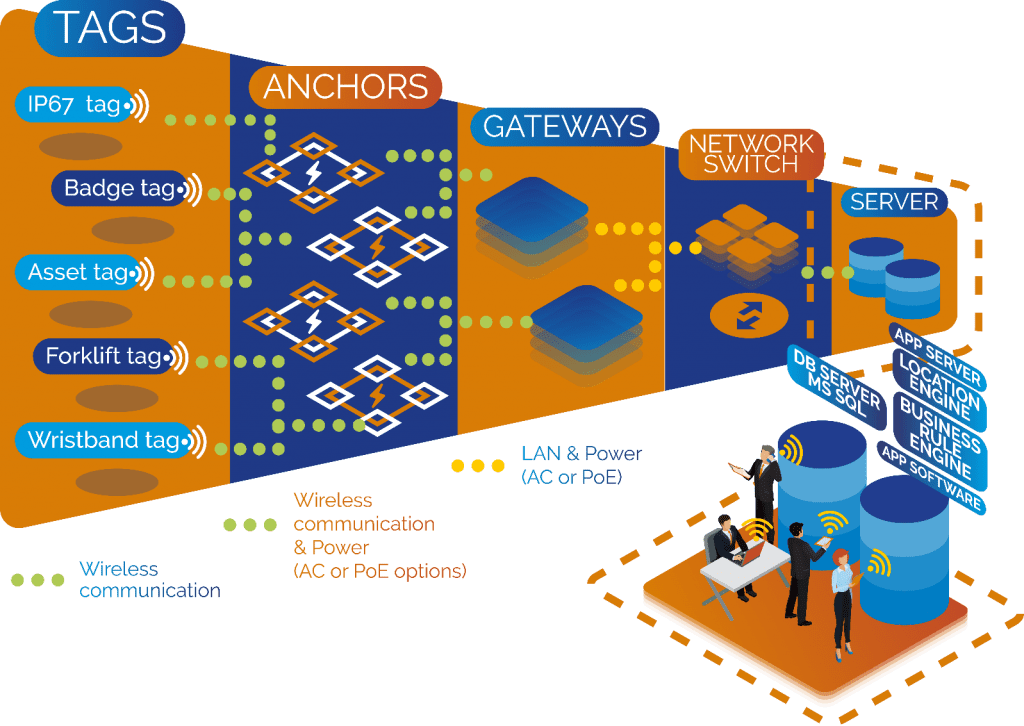
The identification for each RIFD sensor or badge which is assigned to each labor or equipment resource will become part of the resource definition details that is part of the PMIS. Those labor and equipment resources are used to formally capture and document the actual resource hours deployed on the construction site using the daily report module. By combining the resources data captured from the IoT sensors and the data captured in the daily reports, the organization can better analyze and report the effectiveness and productivity of deployed resources. In addition, the resources data captured form the IoT sensors can be also combined with the resource data captured in permits to work, safety incidents, safety violations and other processes captured in the PMIS to provide better and trust-worthy analysis and reporting.
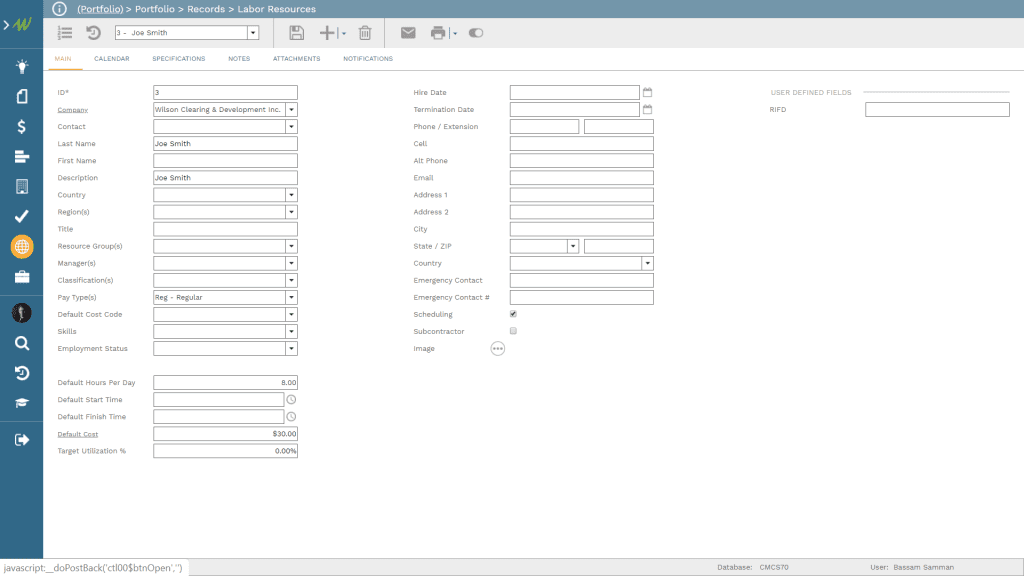
Time-Lapse Construction Cameras
It has always been said “a Picture’s Worth a Thousand Words”, so how many words it worth when real-time pictures are captured every minute to document, monitor, evaluate and report the performance of a construction project. Time-lapse construction cameras like those offered by Evercam will be installed at different key locations of the construction site to provide stakeholders with a proven solution to visualize the events that are taking place on the project without leaving their desk. Project management information system (PMIS) like PMWeb, would usually have a project center screen that could be configured to include a separate page for each camera installed on the construction site. Each page will be linked to the camera IP address.
The benefits of having time-lapse cameras goes beyond monitoring, evaluating and reporting a project’s performance. Nowadays, there is an emerging trend of using time and date stamped pictures that are captured by time-lapse cameras to support claims submission. Those captured pictures and sometimes videos will be downloaded and stored in the PMWeb document repository and attached to the relevant claim submission to support the sequence of disruption or other events that lead to the claim.
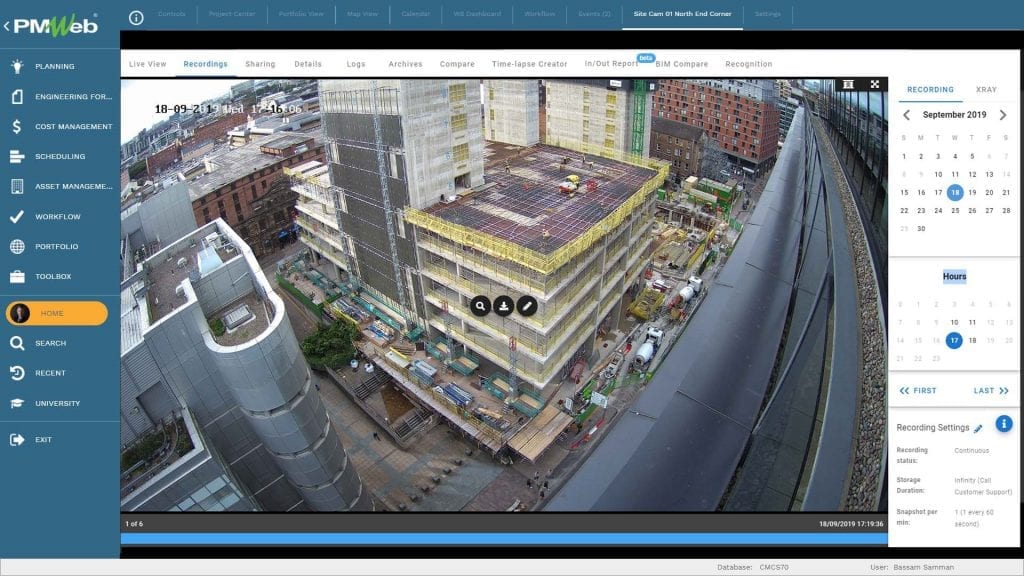
Data Analytics and Visualizations
One of the benefits of introducing technology to the delivery of construction projects is the volume of trust-worthy real-time data that will be captured using planning and scheduling, project management information system, IoT sensors, BIM models among others. Those extracted data from those sources can be associated and blended to provide the project stakeholders with the insight for better and faster informed decisions. Using data visualization and business intelligence software like MS Power BI, different layout reports and dashboards can be created. Those reports can be associated with visuals for GIS maps (Mapbox), BIM model data (Vcad from BLogic) as well as data captured from the IoT sensors.
The reports and dashboards could also include different graphical visuals to analyze and summarize the information captured in those records. Those could include information that relates to the project schedule, cost, quality, health and safety, communications among others.

